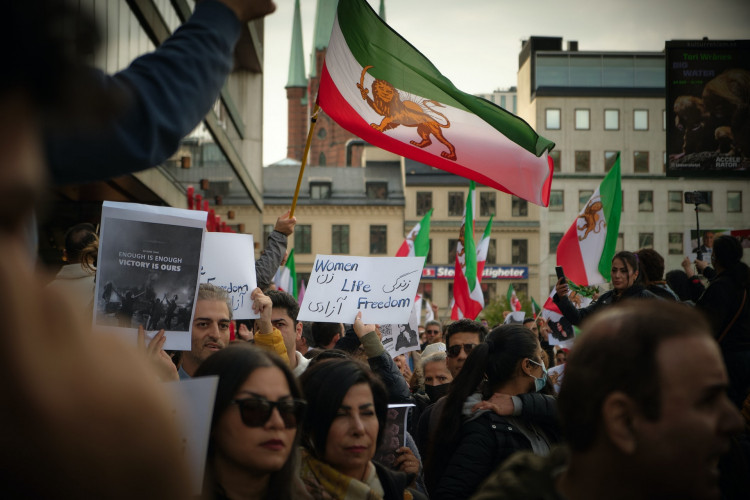In a move that underscores the deepening challenges faced by journalists in Iran, a Tehran Revolutionary Court sentenced two reporters to extensive prison terms over their coverage of the death of 22-year-old Kurdish-Iranian, Mahsa Amini. Amini's demise while detained by the morality police sparked widespread protests, which emerged as one of the most formidable uprisings against Iran's clerical leadership in recent memory.
Niloofar Hamedi and Elaheh Mohammadi, the journalists in question, have been awarded prison sentences of 13 and 12 years, respectively. These sentences were given on charges that, among others, include collaborating with the U.S. government and acting against Iran's national security. "They received seven years and six years each respectively for collaborating with the hostile U.S. government," stated the official IRNA news agency. Additionally, they each received five years for "acting against the national security" and a year each for "propaganda against the system."
This legal action follows Hamedi's capture of a poignant moment: a photograph depicting Amini's grief-stricken parents at a Tehran hospital, as well as Mohammadi's documentation of Amini's funeral in Saqez, the genesis of the nationwide protests.
"The convictions of Niloofar Hamedi and Elaheh Mohammadi are a travesty," commented Sherif Mansour from the Committee to Protect Journalists, emphasizing the Iranian government's escalating attempts to quell press freedom. "It's a blatant effort to criminalize journalism."
State-backed Mizan news agency, while hinting at the possibility of sentence reductions based on the time already spent by the journalists in Evin jail, also noted the journalists' alleged links to U.S entities. Last year, a statement from Iran's intelligence ministry labeled Mohammadi and Hamedi as agents for the U.S. Central Intelligence Agency, accusing them of having "intentional connections with certain entities and individuals affiliated with the U.S. government."
This situation has not gone unnoticed on the global stage. The U.S. Deputy Special Envoy for Iran, Abram Paley, took to social media platform X, stating unequivocally that "The Iranian regime jails journalists because it fears the truth."
The implications of Amini's death have been vast and wide-reaching. The ensuing protests saw the detention of nearly 100 journalists, yet the work of Hamedi and Mohammadi was pivotal in amplifying the public's outrage post Amini's death. Their reporting, crucial in those initial days, shone a spotlight on the deep-seated anger and resentment. The aftermath witnessed a brutal clampdown by the security forces, leading to international condemnation.
To date, human rights activists in Iran report the death toll from these protests to stand at 529, with over 19,700 detentions. Despite the significant numbers, Iran has remained reticent on official figures, conceding only to tens of thousands detained.
Amidst these troubling times, it's worth noting the international recognition the journalists received. In May, the United Nations bestowed upon them its foremost press freedom award, a testament to their unyielding commitment to truth and accountability in an increasingly challenging environment.






